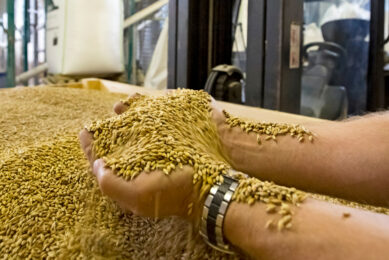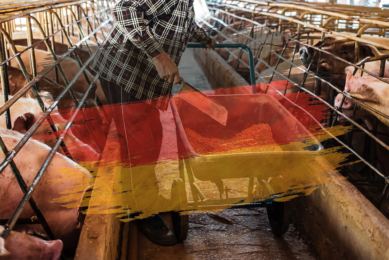Column: A closer look at low-glycemic pet foods

Humanisation of pets probably drives sales of low-glycemic dog and cat foods as they are purported to help fight diabetes and obesity. There is no scientific proof that a low- versus high-glycemic diet reduces the development of either condition in dogs and cats. Labels do not declare an estimate of the food-induced glycemic response. When indirect evidence for health benefits is accepted, then the glycemic status of pet foods and that for optimum efficacy are worth knowing.
Glycemic load
Food-induced blood glucose is ranked by the glycemic index (GI). GI is defined as the area under the curve for blood glucose concentration after eating a food, relative to that elicited by an equal weight of glucose, with index set at 100. Increased amounts and rates of carbohydrate digestion raise the GI. The glycemic load is the product of GI and the food’s content of available carbohydrates.
Carbohydrate type and amount determine the glycemic load per weight unit of food. Foods with GI values of 50 and 25, and carbohydrate contents of 25 and 50%, respectively, represent an identical glycemic load per 100 grams. As there are no species-specific GI values for carbohydrate-containing pet food ingredients, the glycemic load for complete dog and cat foods cannot be calculated. Moreover, these values would be compromised by variation of ingredient composition, processing and interactions between formula components. Thus, the GI should be determined in the target species for the entire pet food.
Health benefits
In prospective human studies, less type 2 diabetes and less weight gain were associated with low overall dietary glycemic load. Rats and mice fed low-glycemic instead of high-glycemic, macronutrient-matched diets accumulated less body fat and had better blood glucose control. Molecular theories explaining hyperglycaemic pathogenesis have been advanced. The research data for man and rodents could be transposed to dogs and cats, but there are counterarguments. Diabetes in dogs occurs predominantly via a type 1 mechanism and feline diabetes development seems unrelated to intake of available carbohydrates. Obesity in both dogs and cats appears primarily due to excess calorie intake and high-fat foods.

Glycemic response
In commercial, complete pet foods, starch is typically the commonest available carbohydrate and starch content is the major determinant of the postprandial glucose response in dogs, and likely in cats. Amylose- and amylopectin-rich starch preparations mediate low- and high-insulinemic responses in dogs. Different starch-rich food ingredients are expected to produce different postprandial glucose concentrations, but the research outcomes are not clear. For instance, differences between corn, rice and peas are not consistent, pointing at variable factors affecting the glycemic response. Very high dietary levels of soluble or insoluble fibre dampen the postprandial glucose rise.
Claim amplification
Dry foods making low-glycemic claims generally contain between 18 and 38% available carbohydrates (nitrogen-free extract). The claim is amplified by product characteristics such as low in carbohydrates or without grains, corn, wheat, potato, tapioca and/or fast sugars. Starch-containing ingredients featured as low-glycemic include barley, oats, millet, peas, beans and/or lentils.
The marketplace offers low-glycemic dry foods certified by the Glycemic Research Institute. Eligibility requires the absence of corn, which is stated to cause a very negative glycemic response. However, the maximum acceptable value for a pet food’s glycemic load is not disclosed.
Claim quantification
The term low-glycemic on pet food labels is not legally defined, but the word low is stipulated. Low claims are absolute and must be substantiated. Pet food manufacturers should provide the glycemic load of their products per uniform unit of dietary energy. Owners would then be able to make informed decisions on low-glycemic pet foods based on facts rather than browsing online and finding misinformation.











